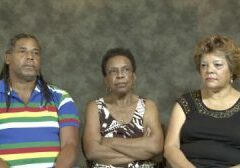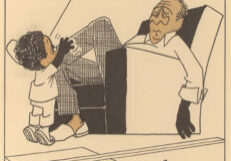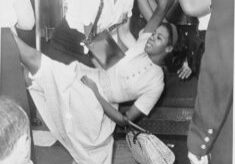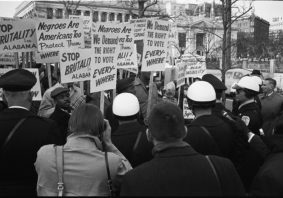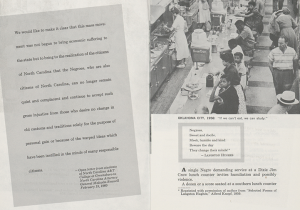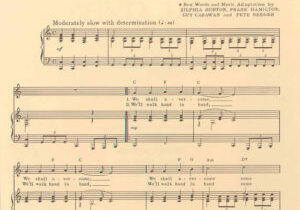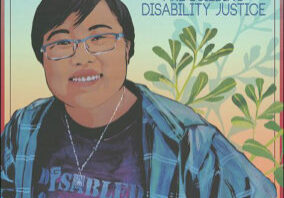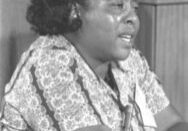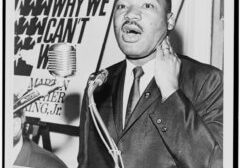Lesson Plans
Selma & Voting Rights: Standing Up for Equality
Through inquiry into primary sources, students discover a story of citizens shaping and sustaining our democracy through civic action and will contemplate the import and impact of citizens who strive for equality. This lesson may be used prior to reading a fictional work or poem related to the civil rights movement or in conjunction with a close reading of Lyndon B. Johnson’s March 15, 1965 voting rights address to Congress (in whole or in part).
Voice of Freedom: Fannie Lou Hamer
Pair the picture book, Voice of Freedom: Fannie Lou Hamer, with primary sources to deepen student understanding of Jim Crow laws and the struggle for civil rights, in general, and voting rights, in particular. After, students can investigate current voting laws in their state.
Sit-In: How Four Friends Stood Up by Sitting Down
Pair the picture book, Sit-In: How Four Friends Stood Up by Sitting Down, with primary sources to have students practice close reading, build vocabulary, and investigate the civil rights movement in the context of the Greensboro sit-ins. After, students may share, in words or pictures, an example of how they have stood up for a cause they believe in.
Why We Can’t . . .
Students investigate how a powerful slogan was used by civil rights leader Martin Luther King, Jr. and consider how it might be applicable to a contemporary issue.
